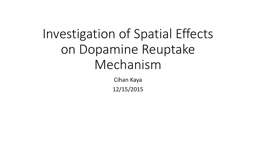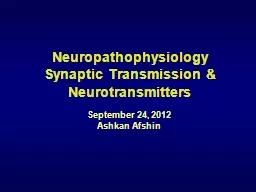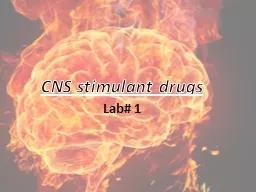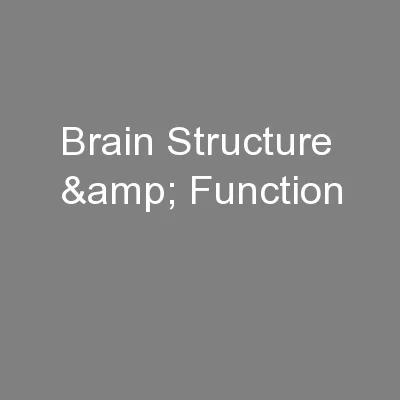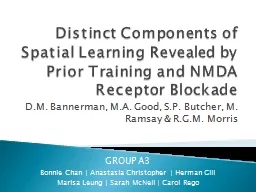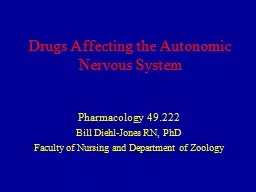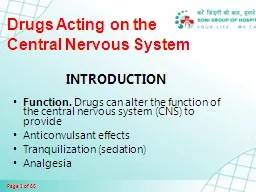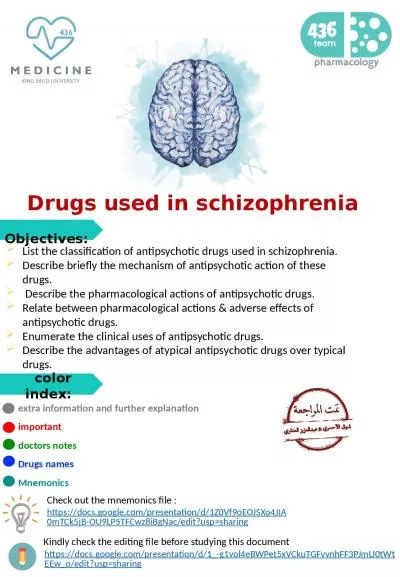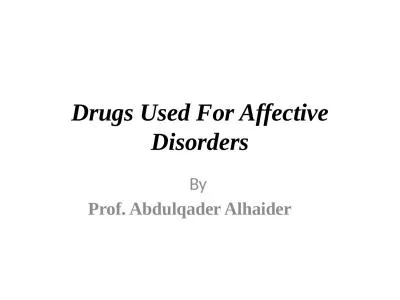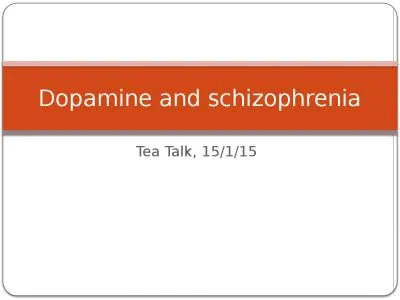PPT-Investigation of Spatial Effects on Dopamine Reuptake Mechanism
Author : jones | Published Date : 2024-02-09
Cihan Kaya 12152015 Aims Build and simulate a spatial model of dopaminergic signaling Investigate the effects of Spatial distribution or surface density fluctuations
Presentation Embed Code
Download Presentation
Download Presentation The PPT/PDF document "Investigation of Spatial Effects on Do..." is the property of its rightful owner. Permission is granted to download and print the materials on this website for personal, non-commercial use only, and to display it on your personal computer provided you do not modify the materials and that you retain all copyright notices contained in the materials. By downloading content from our website, you accept the terms of this agreement.
Investigation of Spatial Effects on Dopamine Reuptake Mechanism: Transcript
Download Rules Of Document
"Investigation of Spatial Effects on Dopamine Reuptake Mechanism"The content belongs to its owner. You may download and print it for personal use, without modification, and keep all copyright notices. By downloading, you agree to these terms.
Related Documents

